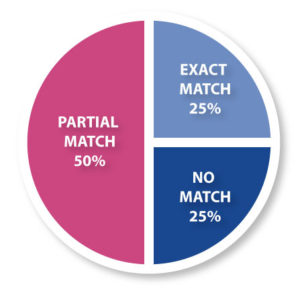
Umbilical Cord Blood contains stem cells that can save lives
After your baby is born and the umbilical cord is cut, the blood left in the umbilical cord is called cord blood. Cord blood is abundant in Hematopoietic Stem Cells (HSCs), which are blood-forming stem cells, similar to those contained within bone marrow. What is cord blood’s importance? These stem cells can reconstitute an immune system, and have the ability to treat, repair, and/or replace damaged cells in the body.
What Is Umbilical Cord Blood Used For?
Cord blood is unique in that it offers a quick, painless, controversy-free way of obtaining HSCs. Cord blood stem cells offer a number of advantages over bone marrow stem cells for donors and transplant recipients. It is much easier to collect, often more likely to provide a suitable match than bone marrow stem cells, and stored frozen so it is ready to use. Whereas a bone marrow transplant requires a patient-donor match of 6 out of 6 (or 100%), studies find that cord blood transplants are just as successful with a patient-donor match of 4 out of 6 (or 67%). Cord blood stem cells are currently used to treat patients with immune system and blood diseases including leukemia and lymphoma.
Likelihood of an Exact or Partial Match with your family:
- Match for Donor/Child = 100% Exact match
- Match for Sibling = 75% chance of match (25% Exact, 50% Partial, 25% no match)
- Match for Parent = 100% chance of partial match (50% match from each parent)

If you’re still questioning, “What is cord blood and why should I store it for the future?” then we invite you to contact us now and a member of the New England Cord Blood Bank team will be happy to speak with you to clear up any confusion and answer any questions you have. Call us today!